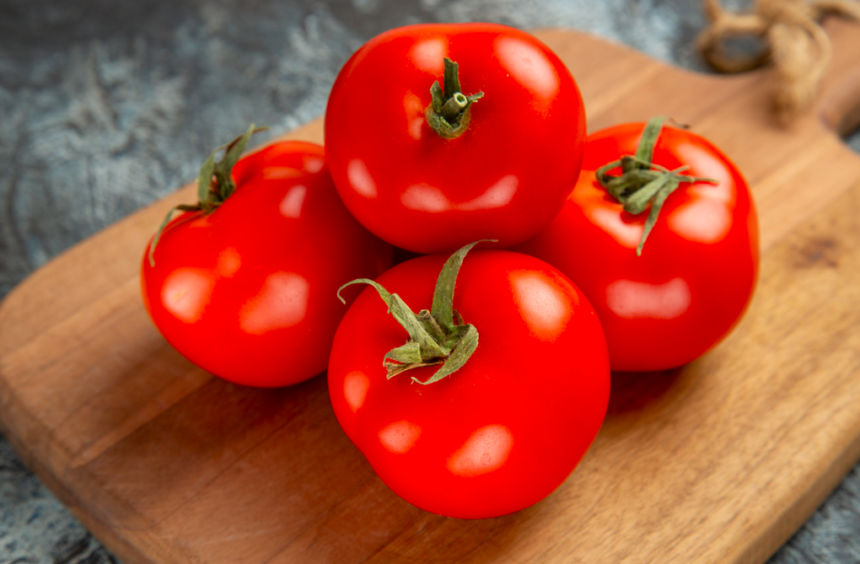Tomatoes are a popular and rewarding crop to grow in South Africa. Whether you’re an experienced gardener or a beginner, there are several important factors to consider before embarking on tomato cultivation in South Africa. From climate considerations to pest management, here are ten things you should know before growing tomatoes in South Africa.
- Climate and Season: South Africa has diverse climatic regions, and tomatoes can be grown throughout the country. However, the specific planting season may vary based on the region. Tomatoes thrive in warm weather and require a frost-free growing season. Planting during spring or early summer is generally recommended, allowing the plants to establish and fruit before the colder months.
- Varieties: There are numerous tomato varieties available, each with its own characteristics and suitability for different regions. Consider factors such as flavor, size, disease resistance, and intended use (e.g., salad tomatoes or cooking tomatoes). Popular tomato varieties in South Africa include Heinz 1370, Star 9001, and Bonny Best. Choose varieties that are well-adapted to your climate and meet your specific requirements.
- Soil Requirements: Tomatoes thrive in well-drained soil with good fertility. Prepare the soil by incorporating organic matter, such as compost or well-rotted manure, to improve its structure and nutrient content. Tomatoes prefer a slightly acidic to neutral soil with a pH level between 6.0 and 7.0. Conduct a soil test to determine any nutrient deficiencies and make appropriate amendments.
- Seed Starting: Tomatoes can be started from seeds indoors or purchased as seedlings. If starting from seeds, sow them indoors about 6 to 8 weeks before the expected planting date. Provide adequate light, warmth, and moisture for seed germination. Transplant the seedlings outdoors once all frost dangers have passed and the soil has warmed up.
- Planting and Spacing: When transplanting tomato seedlings, provide adequate spacing to allow for proper air circulation and growth. Space the plants approximately 18 to 24 inches (45 to 60 centimeters) apart, with rows spaced around 36 to 48 inches (90 to 120 centimeters) apart. This spacing ensures sufficient room for the plants to develop and minimizes the risk of diseases.
- Watering: Tomatoes require consistent and adequate moisture throughout their growing season. Irrigate regularly, aiming for approximately 1 to 1.5 inches (2.5 to 3.8 centimeters) of water per week. However, avoid overwatering, as excessive moisture can lead to diseases like root rot. Water at the base of the plants to keep the foliage dry and minimize the risk of fungal infections.
- Nutrient Management: Tomatoes have specific nutrient requirements for optimal growth and fruit development. Conduct a soil test to assess the nutrient levels and make appropriate fertilization adjustments. Tomatoes typically benefit from a balanced fertilizer high in nitrogen, phosphorus, and potassium. Side-dress the plants with fertilizer during the growing season to provide additional nutrients.
- Mulching: Applying organic mulch around tomato plants helps conserve soil moisture, regulate soil temperature, and suppress weeds. Use materials like straw, compost, or grass clippings as mulch, being careful not to pile it too close to the stems to prevent rotting.
- Pest and Disease Management: Tomatoes can be vulnerable to pests such as aphids, tomato hornworms, and whiteflies. They are also susceptible to diseases like blight, wilt, and blossom end rot. Implement integrated pest management (IPM) strategies, including regular scouting, cultural practices (such as crop rotation and proper sanitation), and the use of organic or chemical controls when necessary.
- Support and Pruning: Tomatoes are vines that benefit from support to prevent sprawling and increase airflow. Use stakes, trellises, or cages to provide support to the plants. Additionally, regular pruning helps improve air circulation, reduce disease risk, and promote better fruit development. Remove suckers (side shoots) that form in the leaf axils, focusing on maintaining one or two main stems.
By considering these ten crucial factors before growing tomatoes in South Africa, you’ll be better prepared to cultivate healthy and productive plants. With proper care, attention, and adherence to recommended practices, you can enjoy a bountiful tomato harvest in your South African garden.
Image by KamranAydinov on Freepik
Join 'Farmers Mag' WhatsApp Channel
Get the latest Farming news and tips delivered straight to your WhatsApp
CLICK HERE TO JOIN






